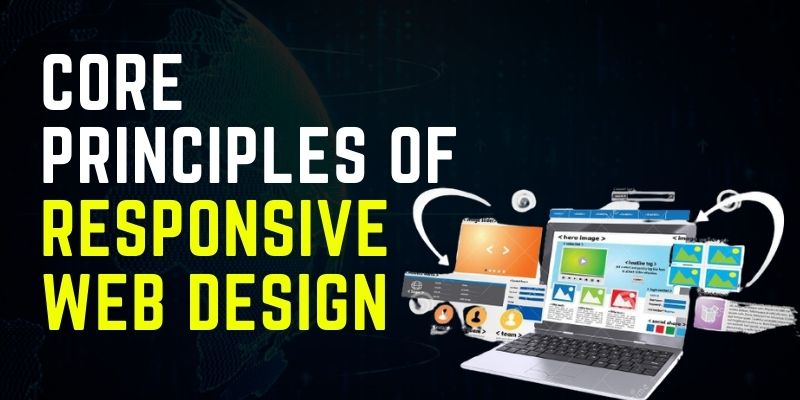
Responsive Web Design
Design that responds is based on three fundamental tenets:
Fluid Grid System – Elements occupy the same proportion of space no matter how big or small the display. This means that you can choose the location where pixels will appear and set a layout size that allows elements to increase or decrease in a set manner. It’s simpler if you utilize a CSS grid system and generator as your design’s basis.
You must estimate the dimensions of your target split by the context in ratio. It is your feature’s maximum width divided by the size of the users’ browser. If you apply these proportions of features to the properties that are required in the CSS scripts, you’ll get one design that shrinks or expands in accordance with screen size.
If you want to be a professional responsive web designer, connect with Web Designing Course in Chennai and learn website responsiveness techniques.
Fluid Image Use – Contrary to the text that images display, they are not fluid. They default to exactly the exact sizes and layout between one screen and the next. The most obvious danger is that your layout could appear inconsistent across devices because images may not adjust and thus appear to be in a different proportion to other elements.
Media Queries – Filter used to determine the dimensions of the device you are searching on and display your design properly. Through these filters, you will be able to find out the size of the screen the person is viewing your site on. These can also be added using CSS. The most commonly used are min-width and max-width. min-height, and max-height.
Important Note: Hands-on experience in web design elements, components, website responsiveness techniques makes you a professional web designer. Therefore taking Web Designing Course Online is essential for getting adequate knowledge and information.
Best Practice and Guidelines for Responsive Design
With an adaptive design, you plan to be flexible in all aspects including text, images, and layouts.
-
- Scale-up phone-sized designs to suit larger screens.
- Always keep in mind that mobile users require large (>40 points) buttons. Furthermore, your design should be twice as user-friendly as the desktop counterparts, because the requirement for large parts on small screens could result in confusion and cramping.
Make fluid grids, images, and pictures :
-
- Create images with their native dimensions. If you’re not able to fit them in making sure you crop them for maximum impact.
- Aim for minimalism.
- Apply pattern patterns To increase the ease of use for users within their respective contexts and increase their comfort with the system: e.g., the column drop pattern is a good fit for the content on a variety of kinds of screens.
- Make sure you are accessible with the font size and style. Utilize contrast and background in a way that is effective. Create headlines that are at least 1.6 times larger than the body text. Make your text responsive, so that it appears in the same proportions. Since some users depend upon screen reader software, you should make your content “real” rather than text in images.
Conclusion:
In the end, responsive web designs are an effective and cost-effective method. If you desired to create responsive websites for your business, fetch with FITA Academy which gives advanced Web Designing Course in Coimbatore with certification.